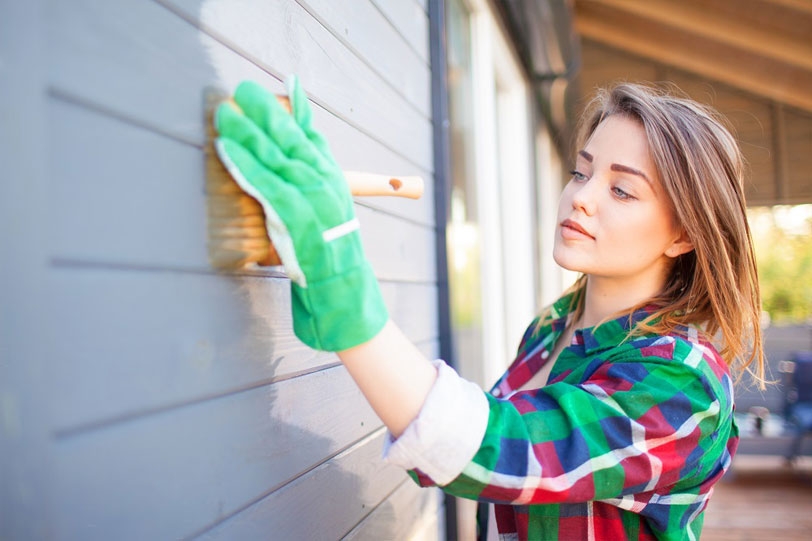The term “Cladding” refers to a non-load bearing layer or skin joined to the exterior of a residence for shedding water and protecting the structure from the effects of climate. It is also a key component in the visual appeal of the residence and has a direct effect on the cost of the structure and the value of the property. You can protect your home from weather and climatic disasters by installing the weatherex cladding. Through this way, you can save your property and you can also apply some vinyl or laminated coats on these cladding too.
What Are the Advantages of Weathertex Cladding?
1) The cladding that you opt for has a major effect on the ecological performance of your residence.
2) It is vital that the preliminary impacts that cladding has that include resource depletion, embodied energy, and recyclability is balanced against safeguarding and resilience suitable to lifespan.
3) The key jobs of cladding are the controlling of the penetration of climatic elements and the outlet of water vapor even as providing durability and an aesthetically lovely appearance. The Secondary jobs can consist of thermal and sound insulation, resistance to fire, and the facility for cleaning in polluted, dusty, or vandal inclined environments.
4) You should choose your cladding based on a vigilant evaluation and prioritization of every one of these jobs for every orientation of your residence.
Instances of Choosing a Cladding Based on Exposure and Elevation:
In situations where the exterior envelope of a building need not be completely ‘sealed’, like beneath deep verandas, choosing a highly breathable cladding could offer an advantage. In parts or elevations that have a great deal of exposure to wind, sun, / rain, a very diverse approach is necessary. So when you choose to clad, you must choose them according to their performance level. They must resist the rainwater, solar heat, climatic disasters and other weather problems. They mainly protect your house from debris and dirt too.

Performance Considerations:
A Weathertex cladding is normally fashioned out of metal, wood, masonry, plastic (vinyl), or a growing assortment of composite materials.
1) The Cladding systems consist of horizontal /vertical panels, sheet materials or overlapping panels that are lesser in size like tiles and shingles.
2) The effectiveness of each and every system differs based on the direction and momentum of wind and the extent of exposure to rainfall.
Different Types of Cladding Materials:
The greater numbers of performance qualities of cladding materials differ substantially. The cladding options that are generally used are:
1) Reconstituted timber products
2) Fiber cement
3) Brick
4) Timber weatherboards - vertical & horizontal
5) Plywood sheeting
6) Steel
7) Aluminum
8) Composite materials
9) Pioneering eco-preferred products for cladding
10) Vinyl

How Would You Choose the Perfect Cladding?
1. Appearance
The array of colors, textures, finishes, and styles that are on offer implies that the artistic outcome is restricted just by the imagination of the concerned designer, council guidelines or severe site conditions. In this case, you can contact the building contractor and they will suggest you the best type of weathertex cladding according to your budget.
2. Color
Besides aesthetic/ visual considerations, the external cladding’s color has an effect its power of absorbing or reflecting heat.
A) In the greater number of weather conditions, it is advised that you make use of lighter colors/ proprietary reflective finishes. This is more important for roofing.
B) Excellently designed applications of cladding elements that are darker can be helpful for colder climates.
C) The greater numbers of cladding materials are characterized by a unique texture or profile that can produce vertical, horizontal, /diagonal patterns and shadow textures.
Read More : Significance of Decorating a Christmas Theme Home
